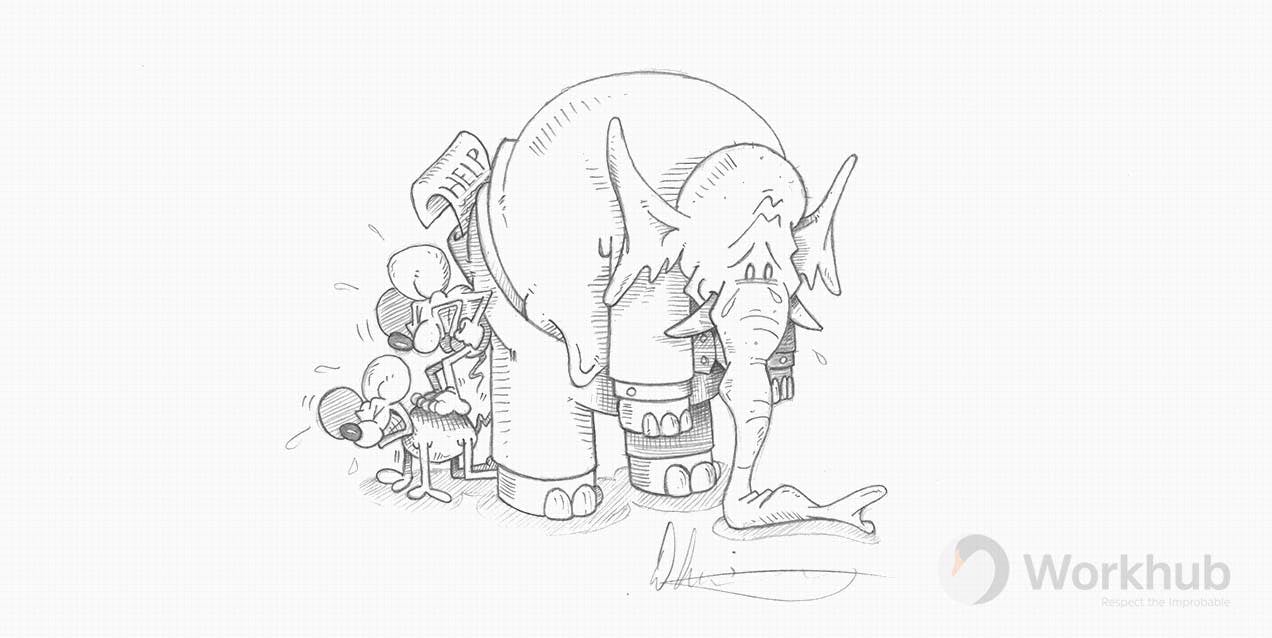
Suicide impacts all of us, whether that be individuals, friends, families, coworkers or society at large. According to the Canadian Association for Suicide Prevention, “Today in Canada 10 people will end their lives by suicide: up to 200 others will attempt so.” September was suicide awareness and prevention month, and although we just missed September, we hope that this article will serve as a good reference for the topic, now and into the future.
Research from Statistics Canada Shows:
- [There are] approximately 4,000 deaths by suicide per year
- 11.8% report thoughts of suicide in their lifetime
- 3.1% report having made a suicide attempt in their lifetime
- 1/3 of deaths by suicide are among people 45-59 years
- Suicide is the second leading cause of death among youth and young adults (15-34 years)
Risk factors
Men have a higher risk of dying by suicide than women. According to a 2019 BBC article, titled, Why more men than women die by suicide, “In countries around the world, women are more likely to be diagnosed with depression and to attempt suicide”, however the suicide rate of men still remains several times higher. Men and are statistically three times more likely to die by suicide than women in Canada, the United Kingdom and Australia. In the United States, men are 3.5 times more likely than women.
According to the Centre for Disease Control, circumstances that contribute to a risk in suicide are as follows:
Individual risk factors
These personal factors contribute to risk:
- Previous suicide attempt
- History of depression and other mental illnesses
- Serious illness such as chronic pain
- Criminal/legal problems
- Job/financial problems or loss
- Impulsive or aggressive tendencies
- Substance misuse
- Current or prior history of adverse childhood experiences
- Sense of hopelessness
- Violence victimization and/or perpetration
Relationship risk factors
These harmful or hurtful experiences within relationships contribute to risk:
- Bullying
- Family/loved one’s history of suicide
- Loss of relationships
- High conflict or violent relationships
- Social isolation
Mental illness
As noted in a recent Toronto Star article titled Suicide Prevention Month, “[a]ccording to the Canadian Mental Health Association, the presence or absence of a mental illness is not a predictor of mental health; someone without a mental illness could have poor mental health, just as a person with a mental illness could have excellent mental health.” With that considered, there has been a recent rise in mental health related conditions.
The below list of mental health conditions may increase the risk of suicide, especially if a person is undiagnosed or not receiving adequate treatment:
- Depression
- Bipolar Disorder
- Post-Traumatic Stress Disorder (PTSD)
- Schizophrenia
- Borderline Personality Disorder
- Substance Abuse
Know the signs
- Changes in mood or behavior
- Feeling hopeless or helpless
- An increase in use of substances
- A decreased participation or interest in socializing or in activities a person previously enjoyed
- A loss of appetite or interest in food
- Parting with cherished items or possessions
- Experiencing a shift in usual sleeping pattern
- Engaging in activities to prepare for their own death, including writing a will
Prevention in the workplace
Training - Educate workers about mental health and wellbeing. Include suicide awareness and prevention training and resources as part of your organization’s onboarding process or routine health and safety awareness training and certifications.
Mental health focused workshops and events - Annual mental health awareness workshops; including speakers and events are good ways to educate workers and create a dialogue about these topics.
Communication - Discuss employee mental health and wellness in the workplace. Bring up mental health awareness as a topic at JHSE meetings. Pass out pamphlets or handouts with local resources and help numbers to staff.
Resources - Post the phone numbers for assistance hotlines and websites of local mental health, addictions and counselling organizations. Ensure these resources are in visible public areas, such as on info bulletin boards or by Health and Safety and HR offices.
Social events - Loneliness and isolation are some of the leading causes of suicide. Social events can help employees to build friendships and create a comfortable space where employees can socialize and get to know one another outside of a work setting. Some of these events could include an evening out at a restaurant, a charity event or a karaoke night.
How can I make a difference?
Check in - Reach out to loved ones you haven’t heard from in a while. Upon discussing mental health awareness and suicide prevention, encourage staff to do the same.
Be open to conversation - No one is perfect and we all have our ups and downs in life, sometimes being a good listener can go a long way.
Hep - Suggest help, including counselling for those who may be struggling or showing signs that may cause for concern.
Conclusion
Suicide is currently on the rise. Creating a safe space for awareness around mental health related struggles can help those in need or their loved ones to recognize the signs and seek treatment and resources when necessary. Ensuring that workers are educated and receive training regarding mental health and suicide can help prevent these tragedies from occurring in our communities.
Resources:
Canada Suicide Prevention Service crisis centre number:
1-800-273-8255
Canadian Association for Suicide Prevention:
1-833-456-4566
American Psychiatry Association
www.psychiatry.org/mental-health
National Alliance on Mental Illness
Workhub provides a complete health and safety compliance software that allows easy management of training, procedures, policies, inspections, and more, centralized in one easy-to-use hub.
Still have questions?
Let our knowledgeable sales team give you a full product tour and answer any specific questions you may have.
Workhub Internal